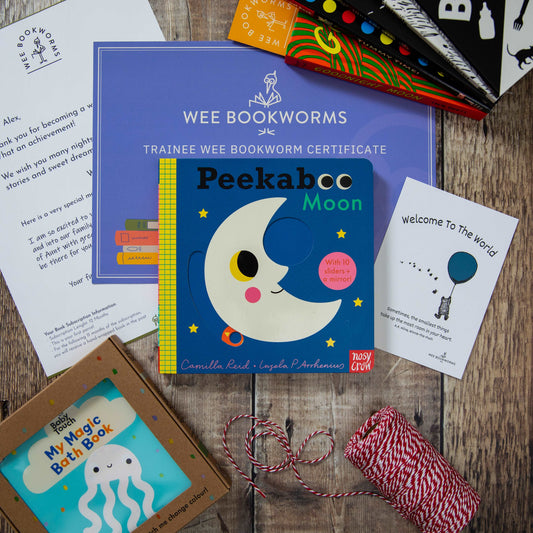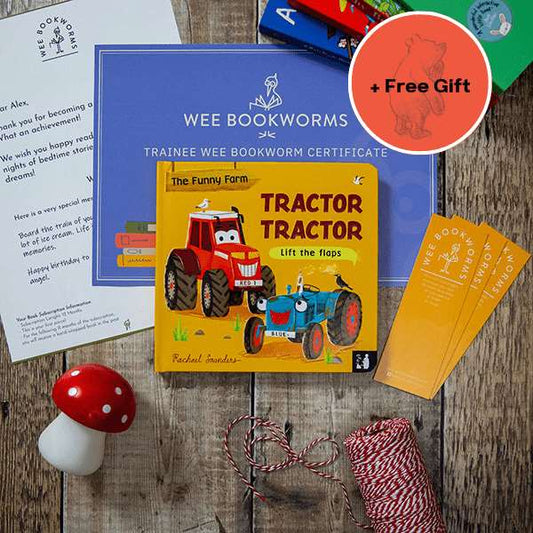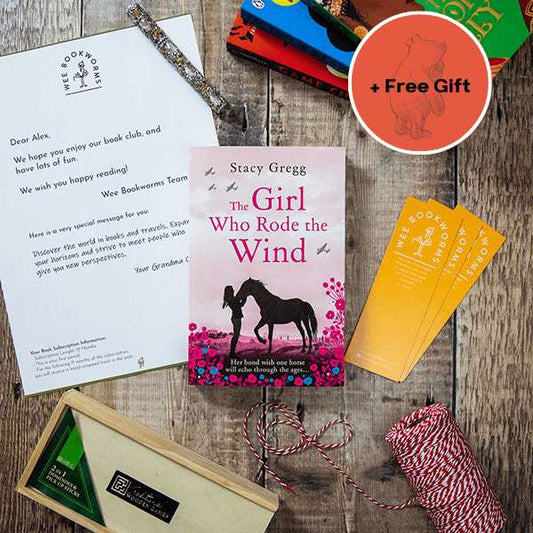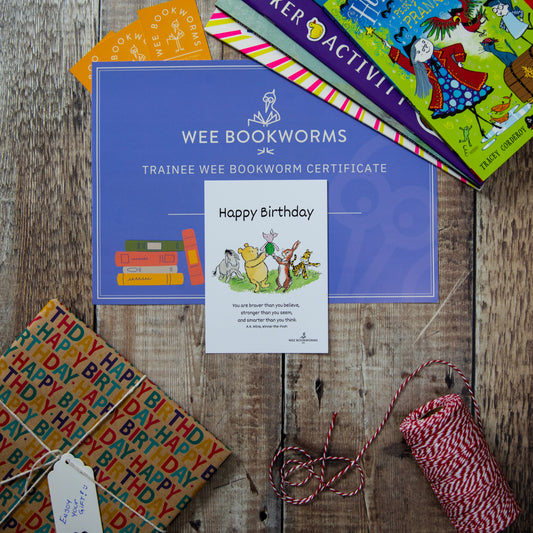Come and have a read about the history of children's literature!
Whenever I think about the history of children’s literature, I always wonder how many fantastic stories for children were written or told by people who simply did not have the funds to pay for paper and ink or did not have the right ‘status’ in society or the right gender to get their ideas published…… Thus, I guess, we take a closer look at the stories and illustration that made it out there and were well received by young and old!
For our Book Subscriptions, our Childhood Education and Literary experts do not only pick newly published books but also Classics of Children's Literature.
Yet, in order to understand the rather late beginnings of children's literature, we have to take a look at the notion of childhood throughout the last centuries.
Back in the Middle Ages children were simply seen as little adults that required moral guidance. The concept of childhood did not exist until the enlightenment movement in the late 17th century up until the beginning of the 18th century. Thus, children’s books also emerged at a much later stage than what people generally think.
Especially paintings and photographs of children from these eras convey to our modern society the way in which children were perceived back then. For example, when looking at portraits of children from the Renaissance, one can get a real sense of their position within society. Don’t they look like little adults?
Now look at the following painting of Marie Antoinette and her children from 1787. When compared to the previous paintings, one notices that Antoinette's children have different facial expression and 'behave' like children (the child on the right is pointing at the Baby crib and the other two children are holding on to Antoinette). This shows that during the Enlightenment the perception of society changed a little bit and some form of concept of 'childhood' must have emerged.
However, we also have to remember that child labour continued in Europe up until the early 20th century. Therefore, some scholars argue that 'childhood' (as we know it) was contrived by modern society- so maybe at the end of the 19th century. In the following photograph you can see a little boy working in a cotton mill during the industrial revolution.
The foundations of children's literature
In the very early days children listened to or read folklore. Aesop's Fables were also popular amongst children. Then, about 200 years ago most available books for children were often very religious and instructional, as reading was not something that should be enjoyed but reading was rather about learning proper behaviour. Yet, fun and adventurous novels were also available to children from the late 18th century of which ‘The History of little Goody two Shoes’ published by John Newbery in 1765 is understood as one of the first children’s novels. This book is about a two orphans that manage to get out of poverty. Although there are many moral messages to be learnt, 'The History of little Goody two Shoes' was a huge success because it was funny and thus entertaining.
Daniel Defoe's ‘Robinson Crusoe’, Jules Verne’s ‘Journey to the centre of the earth’ and Jonathan Swift's 'Gulliver's Travels' were some of the earlier works that also included adventurous elements and entertainment. Yet, they were written with adults in mind and not children!
The 'first' book for children
Some scholars perceive Lewis Carroll's (by the way, the author’s real name was Charles Dodgson) Alice's Adventures in Wonderland as the beginning of ‘children’s literature’ as we know it today.
This story with all of its wonderful and odd characters must have been truly fascinating for children of the 19th century that were used to overly boring moral and instructional literature. Children of this time were also able to enjoy Anna Sewell’s ‘Black Beauty’, Carlo Collodi’s ‘The Adventures of Pinocchio’ or Louisa May Alcott’s ‘Little Women’. Nowadays these books are perceived as Classics of Children’s literature, however, most of them were not specifically written for children.
What about illustrations?
In the very beginning, illustrations for children’s books weren’t very common. When Sir John Tenniel illustrated Alice in Wonderland in pen and ink he kind of started a new trend. Thus, as much as the actual novel is understood as the prototype of children’s books, in some ways Tenniel’s works of art are also the 'first' carefully crafted illustrations that were not simply made with woodcuts.
The first coloured illustrations were printed by Edmund Evans. Randolph Caldecott and Kate Greenaway’s illustrations were especially powerful and popular. Take a look at the first illustration done by Caldecott' and the second one done by Greenaway. Which one do you prefer?
Yet, we need to keep in mind that most of the illustrations by Caldecott and Greenaway were made for novels! Actual children’s picture books only came into being in the early 20th century. And this leads us straight to one of the most famous children’s books authors and illustrators in the world: the wonderful Beatrix Potter and her ‘The Tale of Peter Rabbit’.
Potter had been rejected by SIX publishers before she self-published her little book. Very quickly her 450 printed copies were sold and suddenly she appeared to be much more appealing to publishers. Then Frederick Warne and Company accepted her book and published it as well as her following 22 adventurous tales! In a way, Potter laid the foundation for the picture book world as she matched the look and feel of her illustrations to the text! Today her stories are still loved by children (and their parents) around the world.









